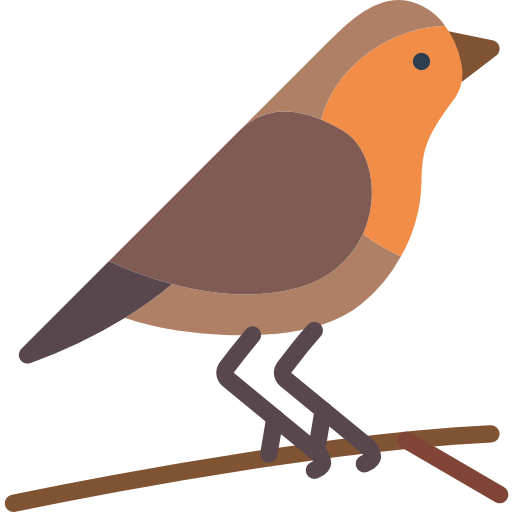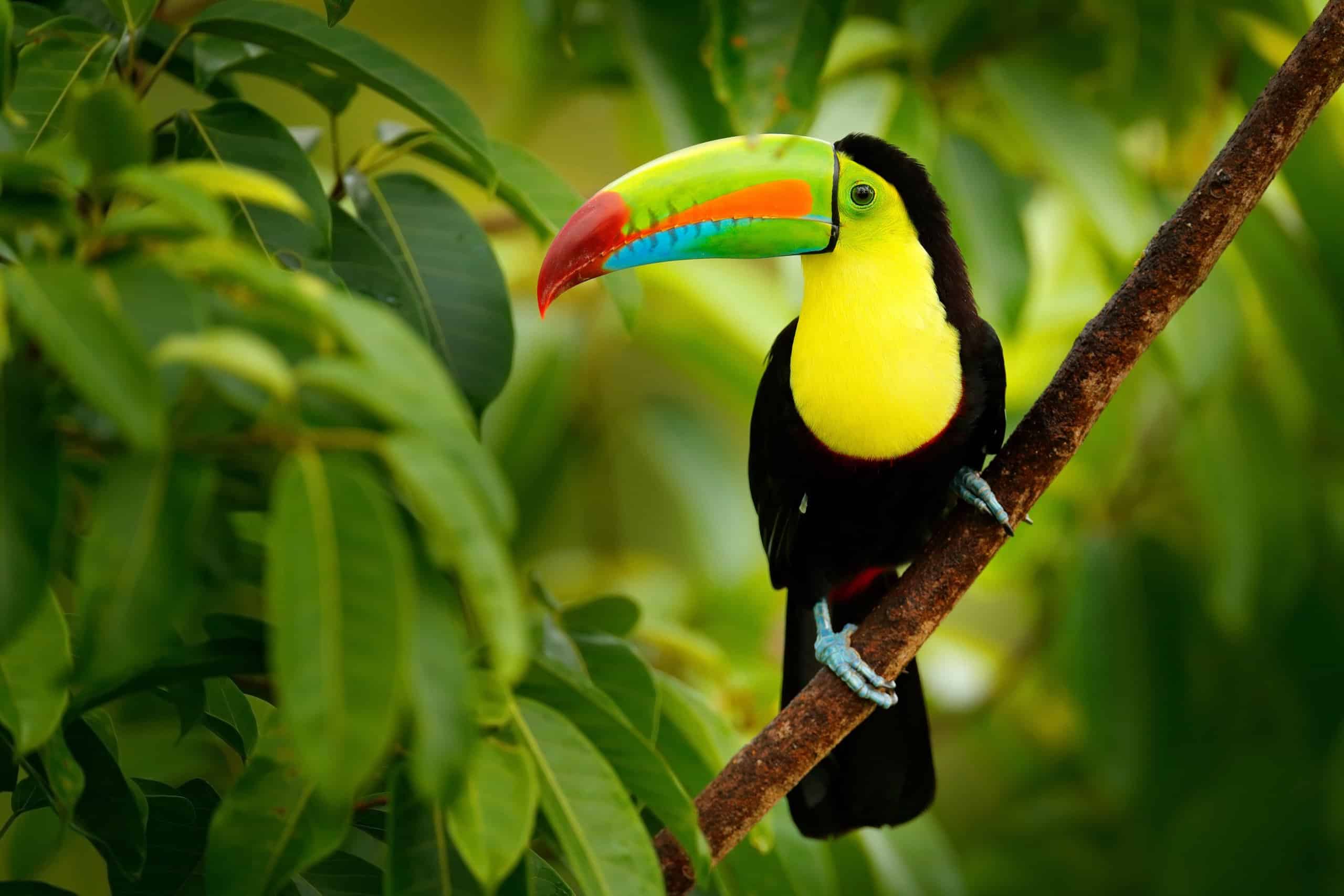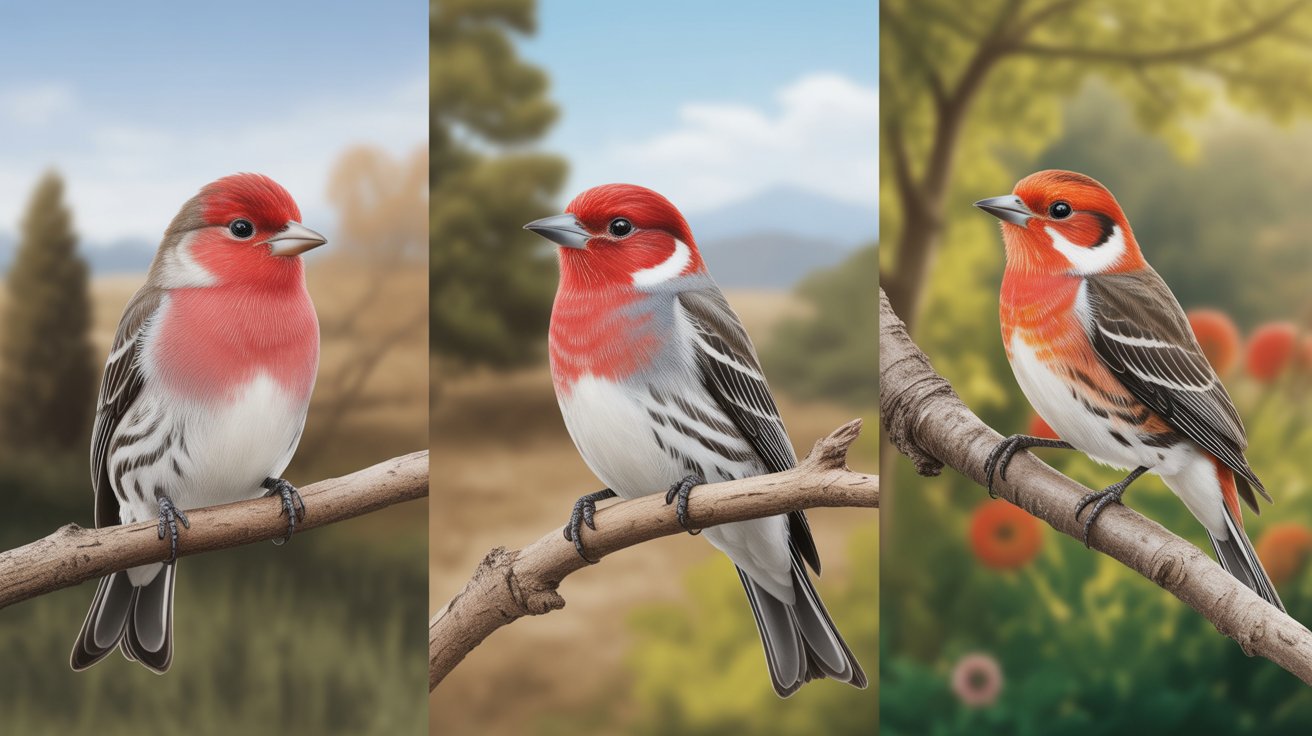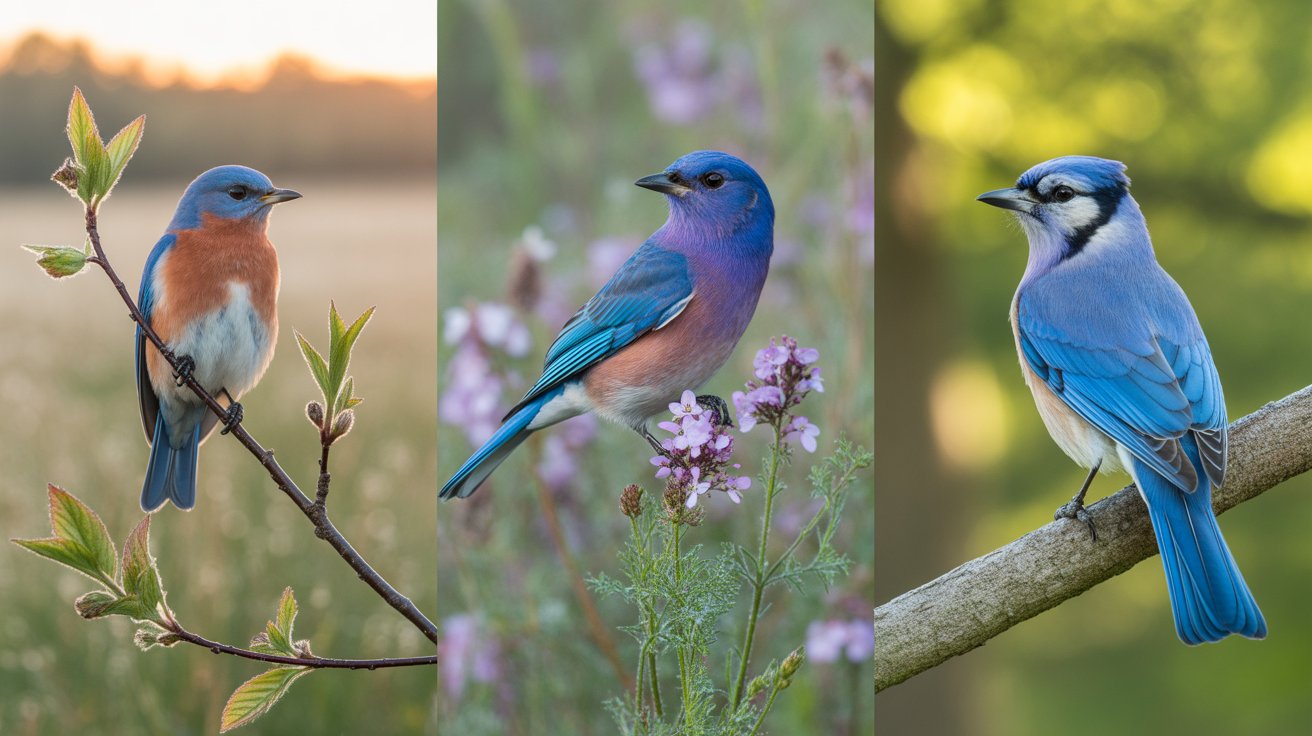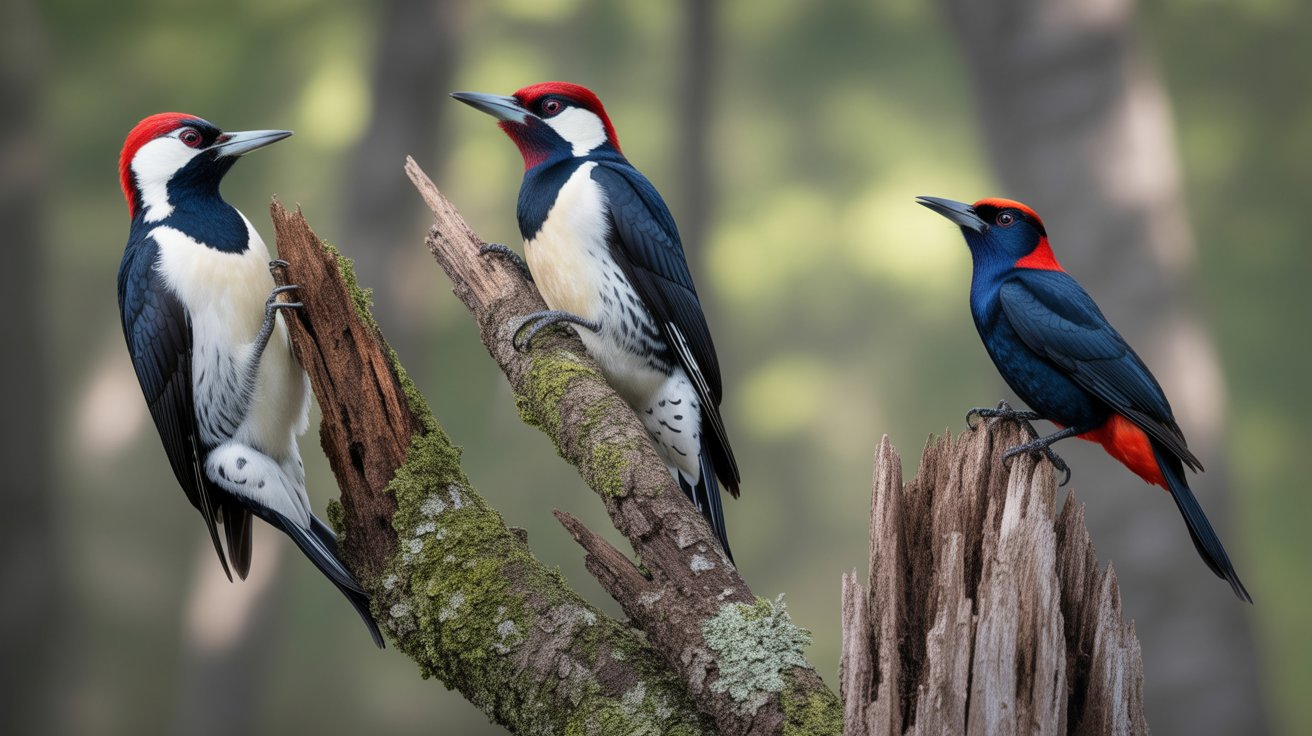If you’re captivated by birds that look like they’ve flown straight out of a painting, the Keel-Billed Toucan will instantly grab your attention. With its oversized, colorful beak and cheerful appearance, this bird looks like it belongs in a tropical cartoon. But make no mistake—this is a real bird, living in the lush rainforests of Central and South America.
You might have seen its iconic beak on nature documentaries or in tropical-themed ads, but there’s so much more to this toucan than meets the eye. From its unique behavior and social nature to the surprising uses of its vibrant bill, the Keel-Billed Toucan is full of surprises.
In this article, you’ll explore everything there is to know about this fascinating species. Whether you’re a bird enthusiast or just curious about this exotic-looking creature, you’re about to discover what makes the Keel-Billed Toucan one of the most extraordinary birds on the planet.
Keel-Billed Toucan (Ramphastos sulfuratus)
Scientific Classification
Let’s start by getting to know the Keel-Billed Toucan through its official scientific identity. Here’s how it’s classified in the world of taxonomy:
- Scientific Name: Ramphastos sulfuratus
- Kingdom: Animalia
- Phylum: Chordata
- Class: Aves
- Order: Piciformes
- Family: Ramphastidae
- Genus: Ramphastos
- Species: sulfuratus
This bird belongs to the same family as woodpeckers and other toucans, sharing certain behavioral traits like tree cavity nesting and social foraging.
Physical Description
One of the first things you’ll notice about the Keel-Billed Toucan is its spectacular beak—it’s truly a showstopper.
- Beak: The beak is large but surprisingly lightweight, measuring around 12–15 cm (about 5–6 inches) long. It’s a rainbow of colors: green, orange, red, and blue, giving it the nickname “Rainbow-billed Toucan.”
- Plumage: The body is primarily black, providing a striking contrast to its bright yellow throat and chest. The tail is chestnut-colored.
- Eyes: Their eyes are dark and surrounded by vibrant green skin.
- Size:
- Length: 42–55 cm (16.5–22 inches)
- Wingspan: Around 109 cm (43 inches)
- Weight: Approximately 380–500 grams (13–18 ounces)
Despite its dramatic appearance, the Keel-Billed Toucan is agile and well-adapted for life among the trees.
Habitat and Distribution
If you’re hoping to spot a Keel-Billed Toucan in the wild, your best bet is to head to the lowland rainforests of Central America. These birds thrive in:
- Geographic Range:
- Southern Mexico
- Belize
- Guatemala
- Honduras
- Nicaragua
- Northern Colombia and Venezuela
- Preferred Habitat:
- Tropical and subtropical rainforests
- Forest edges and clearings
- Lowland and montane forests up to 1,900 meters elevation
They prefer humid, densely vegetated areas where fruit is abundant, and they rarely venture far from canopy cover.
Behavior and Social Traits
Keel-Billed Toucans are lively, social birds. You’ll often see them in small groups of 6–12 individuals, hopping from branch to branch, calling to each other with their signature frog-like croaks.
- Communication: Their calls sound like a mixture of croaks, barks, and grunts. These help them stay connected in the dense forest.
- Social Structure: They roost together in tree cavities, sometimes squeezing up to six birds into one hollow.
- Movement: They’re not strong fliers. Their short flights consist of rapid wing flaps followed by gliding, which gives them a bobbing appearance.
They’re playful and even engage in “beak fencing,” where two toucans gently clash their bills in what appears to be a game.
Diet and Feeding Habits
The Keel-Billed Toucan is primarily a frugivore, but that doesn’t mean it’s a picky eater.
- Main Diet:
- Fruits (figs, guavas, papayas, berries)
- Insects
- Small lizards
- Bird eggs and nestlings (occasionally)
Their large bill allows them to reach fruits on delicate branches that would break under their weight. They often toss food into the air and catch it with an open beak—a spectacle worth watching.
Toucans play a critical role in seed dispersal, helping maintain forest health by spreading plant life.
Breeding and Nesting
Keel-Billed Toucans breed during the spring and early summer, coinciding with the fruiting season of many tropical trees.
- Nesting: They nest in natural or abandoned woodpecker tree cavities.
- Clutch Size: 2 to 4 eggs per season
- Incubation: Both parents share the duty of incubating the eggs for about 16–20 days.
- Chick Care: Chicks are born blind and featherless. They remain in the nest for 6 to 9 weeks, completely dependent on their parents for food and warmth.
Parents take turns feeding the chicks with regurgitated fruit and small insects, showing a high level of cooperation.
Fascinating Facts About the Keel-Billed Toucan
Want to impress someone with fun bird trivia? Here are some standout facts about this tropical beauty:
- Lightweight Beak: Though the bill looks massive, it’s made of keratin and supported by a spongy, hollow structure—so it’s surprisingly light.
- National Bird: The Keel-Billed Toucan is the national bird of Belize.
- Toothbrush-Like Tongue: Their tongue is long and flat with bristles, helping them maneuver fruit inside their beak.
- Sleeping Position: At night, they tuck their beak under a wing and curl into a tight ball to conserve body heat.
- Not Endangered (Yet): They are listed as “Least Concern” by the IUCN, but deforestation and the pet trade remain threats to their survival.
FAQs About the Keel-Billed Toucan
1. Are Keel-Billed Toucans good pets?
No. While they may look appealing, toucans require specific care, large enclosures, and a fruit-rich diet. They’re wild animals and not ideal as pets.
2. What’s the lifespan of a Keel-Billed Toucan?
In the wild, they can live up to 15–20 years. In captivity, with proper care, they may live slightly longer.
3. Why is their beak so colorful?
Scientists believe the colors may play a role in mate selection and species identification. It could also serve as a form of camouflage among tropical fruits.
4. Can toucans fly well with such large beaks?
Yes, but they’re not strong fliers. They prefer hopping or gliding short distances between trees.
5. How do Keel-Billed Toucans help the ecosystem?
They aid in seed dispersal, which is crucial for the regeneration of tropical forests.
Conclusion
Now that you’ve explored the Keel-Billed Toucan from beak to tail, it’s clear why this bird holds such fascination. With its rainbow-colored bill, playful demeanor, and vital ecological role, this toucan is much more than just a pretty face in the forest.
If you ever get a chance to visit its native habitat, take a moment to look up—you might just catch a glimpse of this tropical marvel hopping through the treetops. And if you’re simply admiring it from afar, the Keel-Billed Toucan is a perfect reminder of how wonderfully wild and diverse our planet truly is.
Whether you’re a birdwatcher, nature lover, or just someone who enjoys learning about unique wildlife, this vibrant bird certainly deserves a spot on your radar.
